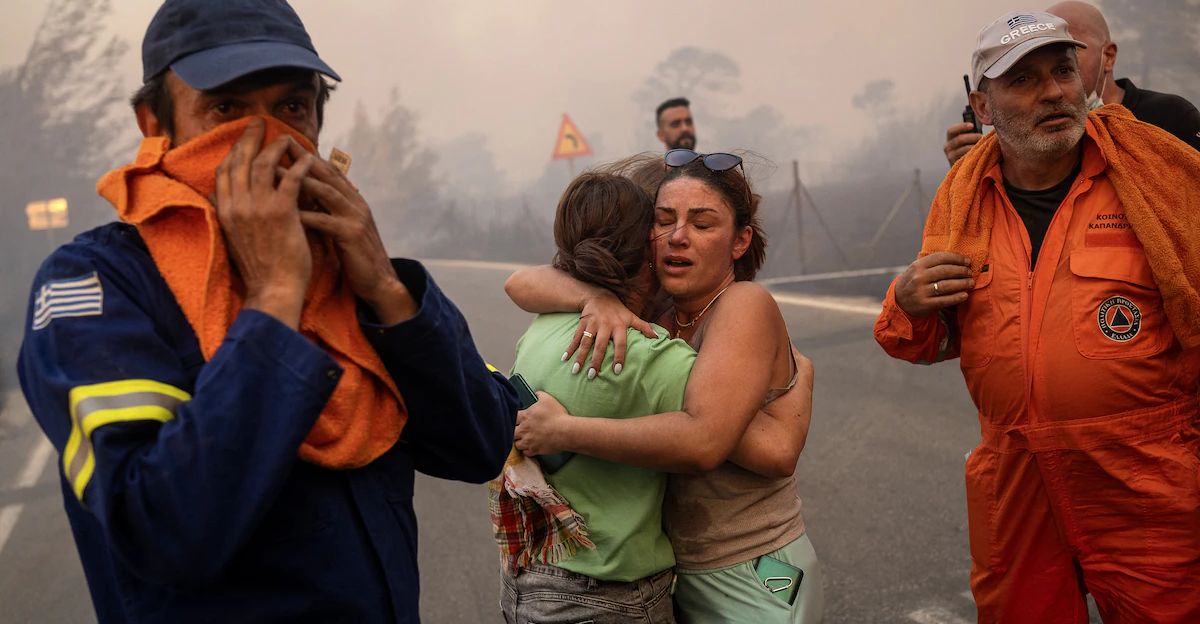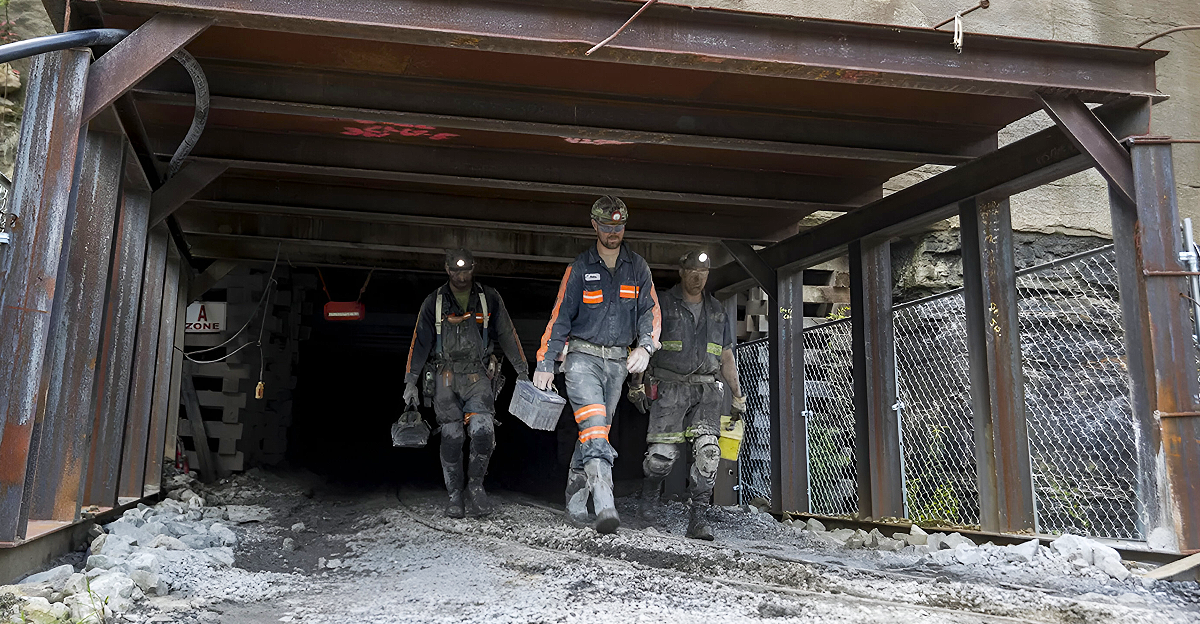
In an effort to dismantle Hamas and other groups’ operations, Israel sent a series of precision strikes on fortified underground militancy hubs in Gaza.
Israel’s military states that these strikes were an important part of keeping its own country safe by degrading militant powers. Those who criticize the strikes highlight the civilian casualties and the broader trend of escalations between conflicting nations.
The Underground Militancy Hubs
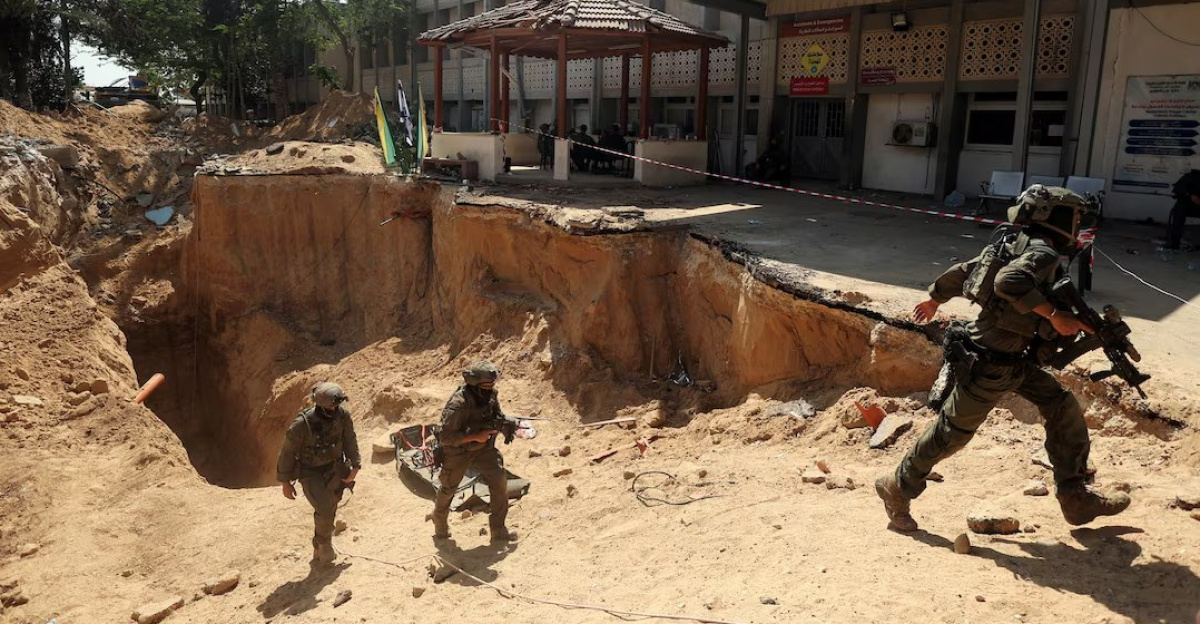
The underground militant hubs that were targeted were vast tunnel networks, command centers, and storage facilities that sit beneath Gaza.
The Israeli Defense Force (IDF) states that these hubs are an important way for Hamas’s military, allowing them to move around freely, store weapons, and even launch assaults from.
The Latest Strikes
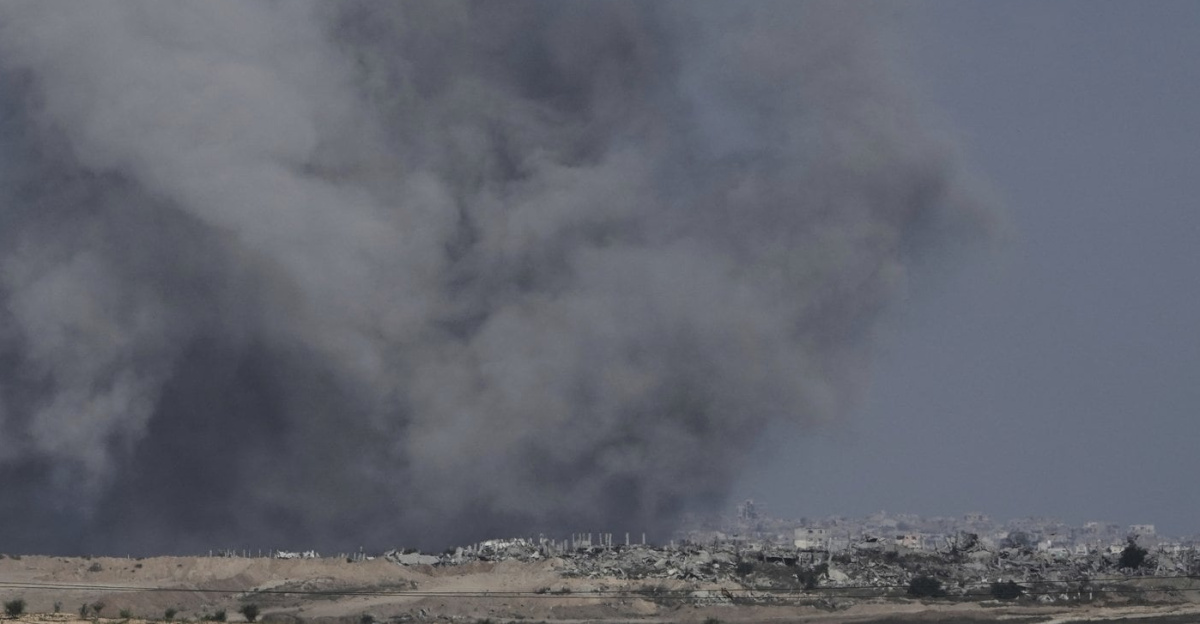
Israel has recently become more aggressive in its efforts to dismantle important facilities across Gaza. This Month, in July 2025, more than 100 sites were targeted by Israel, which included key military infrastructure in the northern and southern areas.
The IDF reports that the strikes were a success, destroying underground networks, which have allegedly strained Hamas’s military efforts.
Khan Yunis
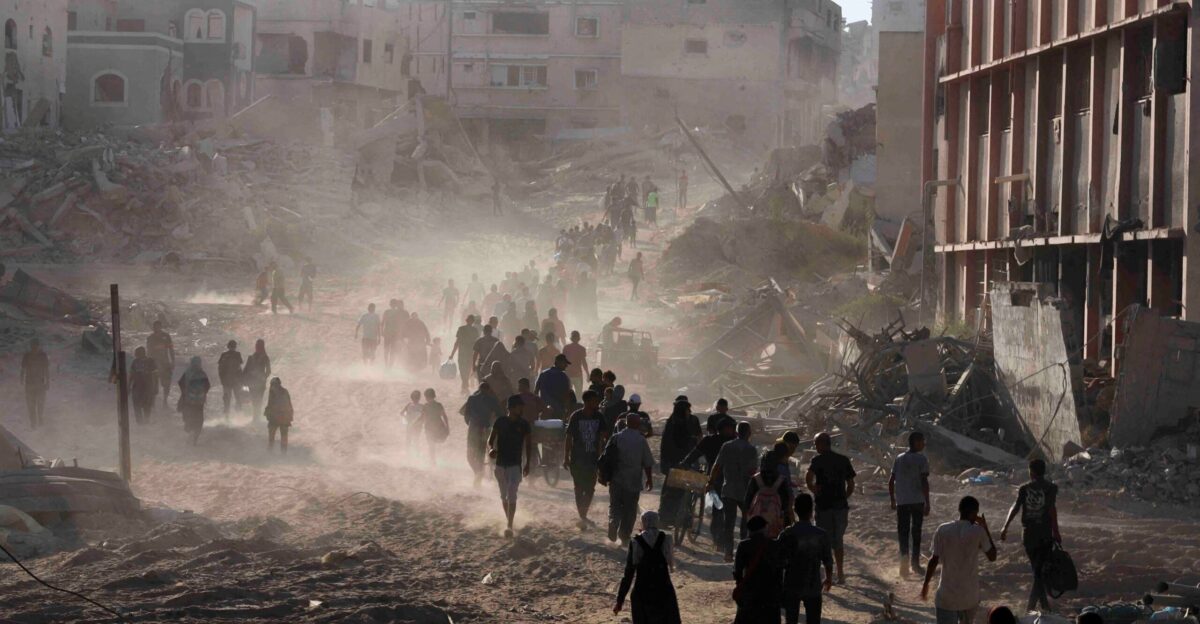
Among the targets was the region of Khan Yunis, where the IDF found a tunnel network that was around three kilometers long. The tunnels allowed militant occupants to move personnel to strategic positions so that attacks could be staged.
Both close-quarters combat and airstrikes were used in order to dismantle the operation of these tunnels, causing dozens of casualties.
Beit Hanoun Strikes
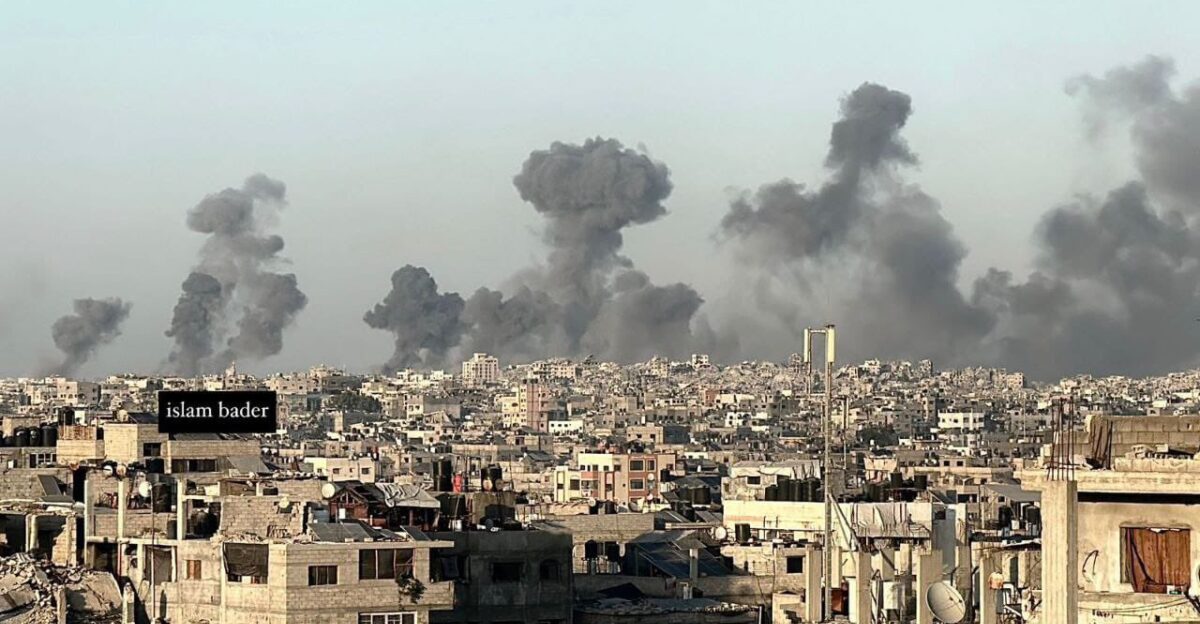
More than 35 sites were targeted by Israeli forces in Beit Hanoun alone. This includes underground infrastructure that was destroyed by airstrikes.
According to the IDF, Hamas used these sites to launch artillery strikes and stage guerrilla attacks. These Israeli strikes are part of a bigger operation in which the goal is to cut off militant forces in the area.
The Technology Behind The Strikes
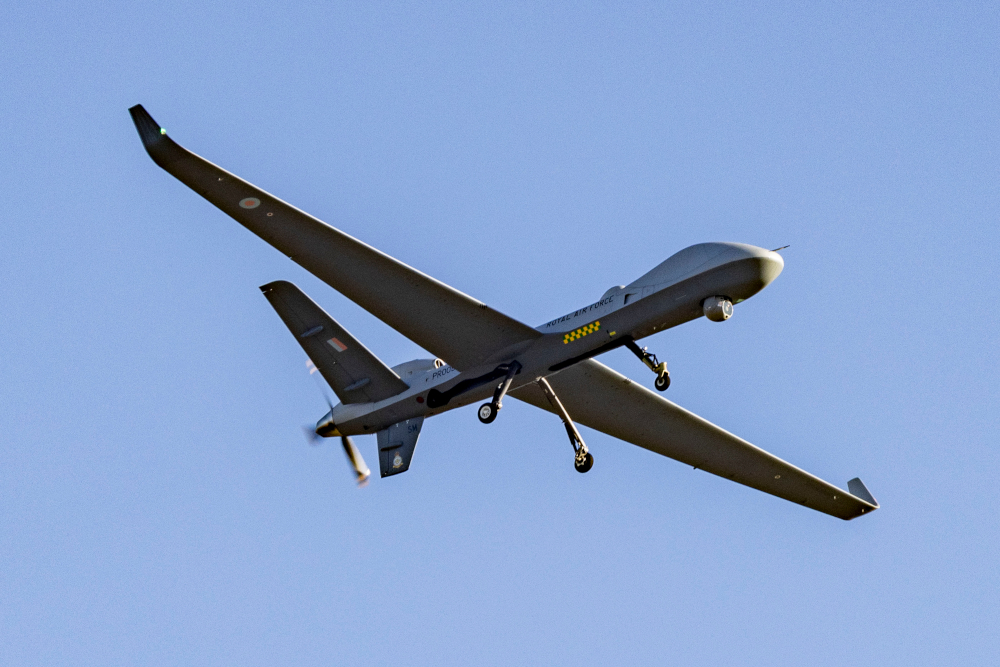
Israel is leveraging state-of-the-art technology in its fight against adversarial factions. This includes equipment like guided munitions, drones, and engineering units. One of the most pivotal pieces of technology utilized is the Yahalom combat engineering unit, which is essential in finding and destroying underground infrastructure.
The tactics and weapons employed are designed to ensure as little collateral damage as possible while still substantially crippling militant operations.
The Impact On Civilians
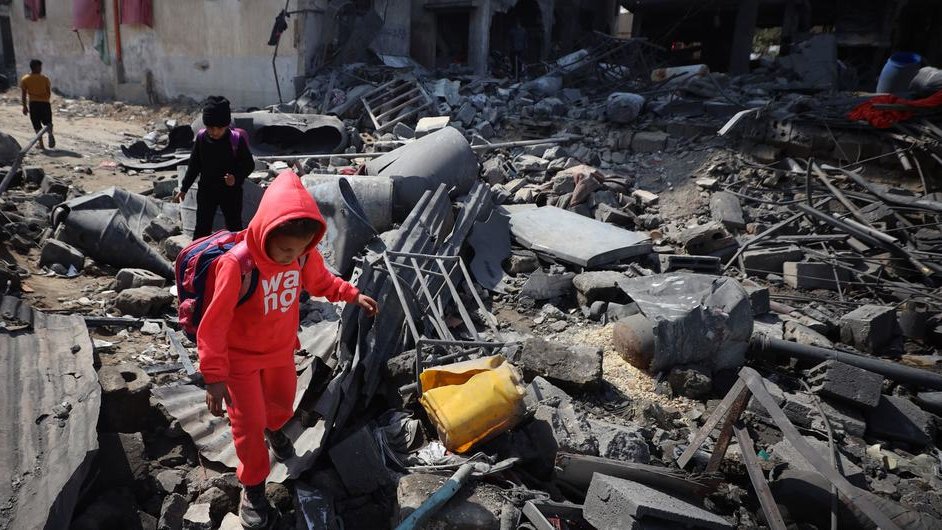
While Israel does claim to minimize non-combatant casualties during operations, there have still been reports of civilian deaths and injuries, including examples near hospitals and aid sites.
These incidents have led to criticism from human rights organizations and authorities, stating that Gaza’s population is taking an unnecessarily high toll.
Hamas’s Response

While the operations led by the IDF have made claims of destroying important Hamas infrastructure, the group has said that the strikes have not hampered its ability to use underground networks.
International media, including CNN, have reported that Hamas is continuing to repair, rebuild, and expand its tunnel network, ensuring that operations persist.
Reactions Internationally
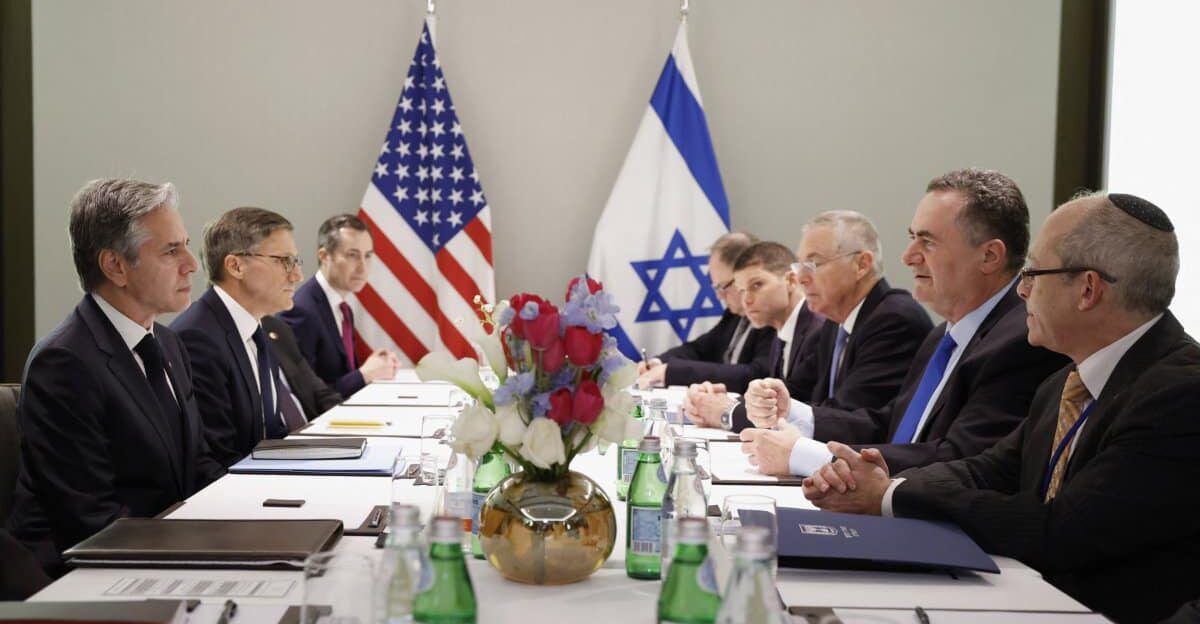
The efforts to displace and dismantle militant forces have garnered mixed reactions from international voices. Many governments continue to support Israel’s operations, citing that the country should have the right to defend itself through proactive measures.
Critics argue that the strikes are having a real impact on civilian populations and not just militant forces.
The Humanitarian Crisis
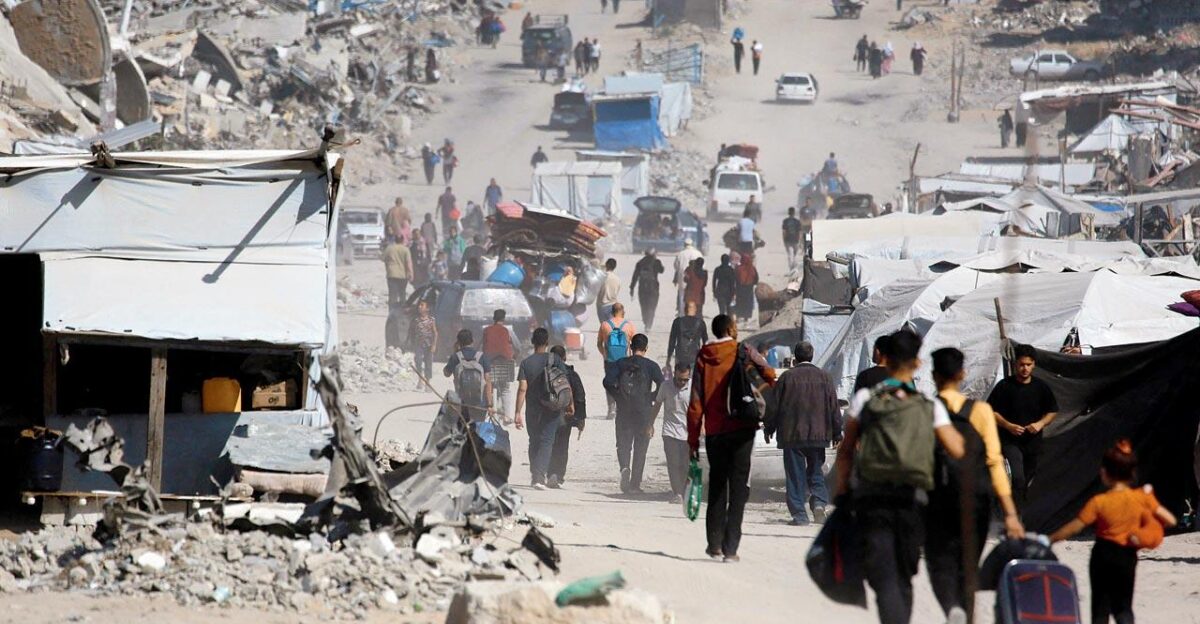
Humanitarian aid efforts in Gaza have become strained as infrastructure gets caught in the crossfire, which results in displacement and water shortages.
The underground networks that militants occupy can be dangerously close to residential areas and only serve to oppress ordinary civilians who have nothing to do with the conflict.
The Progress Of The Strikes
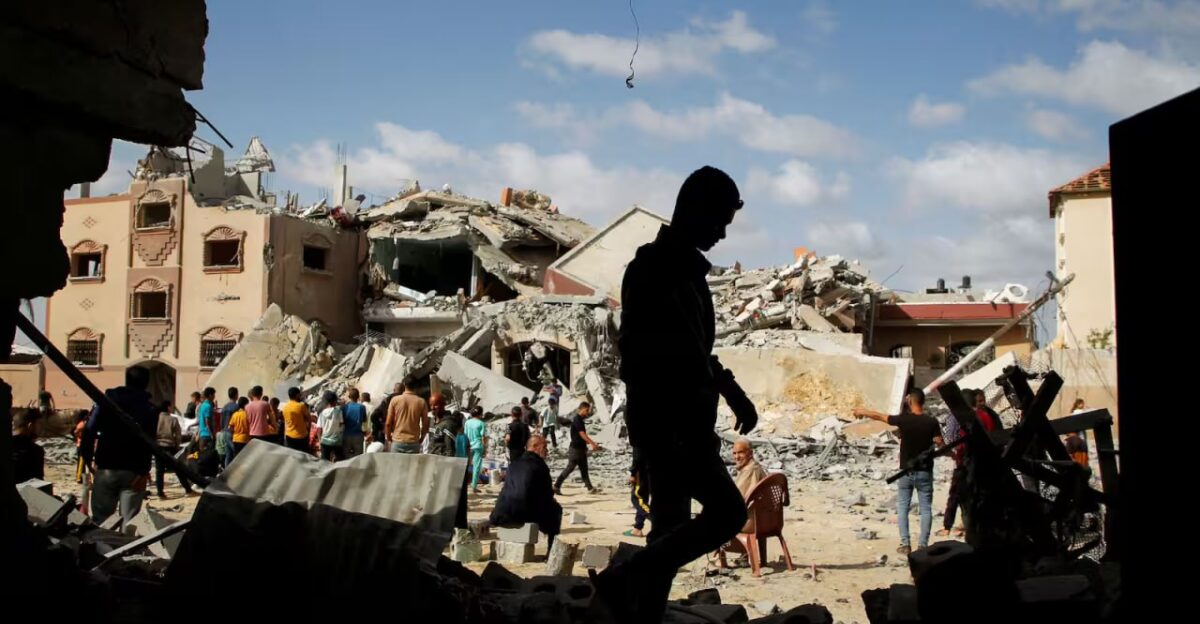
While the strikes that Israel is deploying aim to displace Hamas’s capabilities and also act as a deterrent, the adaptable tactics and resilience of the militant forces, as well as reports, suggest that a complete dismantling is unlikely to occur in the short term.
As the IDF continues to target key assets and underground infrastructure, it could become a battle of attrition.
The Complexities Of Conflict
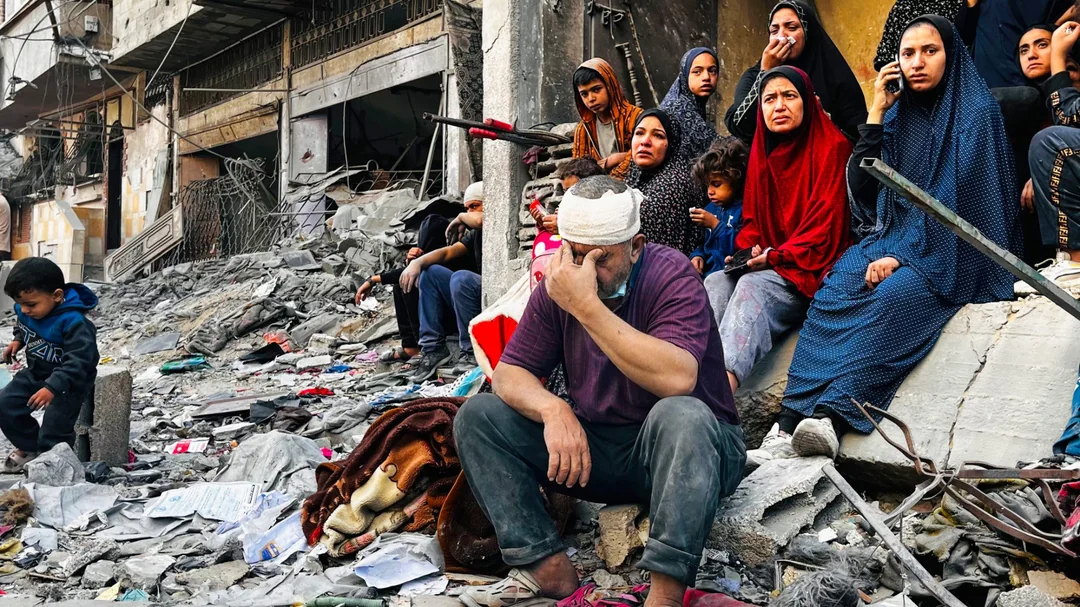
The latest wave of precision strikes are only one of the most recent escalations in a series of tensions rising and both sides taking retaliatory action against one another. Short-term tactical success stories could be undermined by broader objectives remaining out of reach.
The modern urban conflict in Gaza remains a complex case where forces remain resiliant and civilians get caught in the middle.


